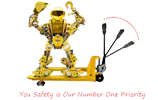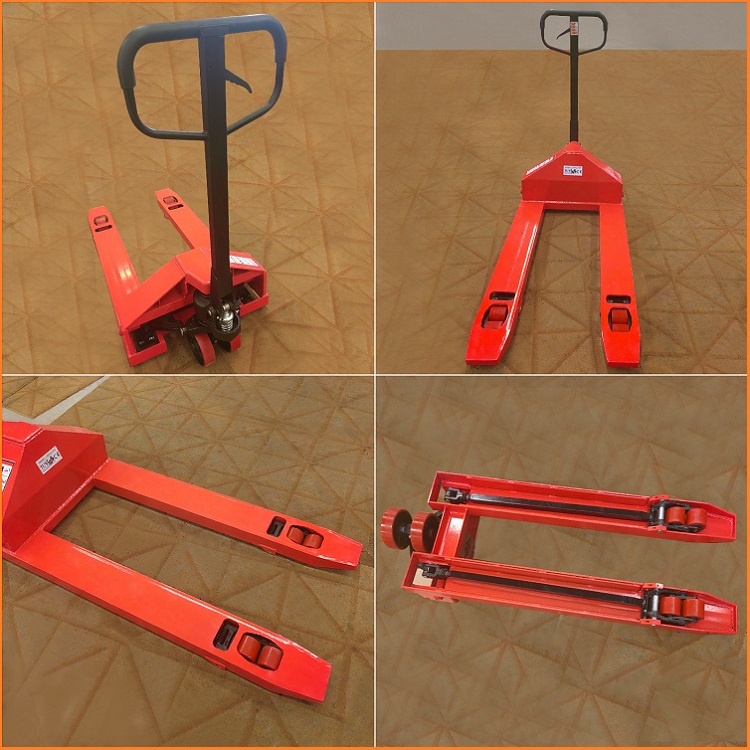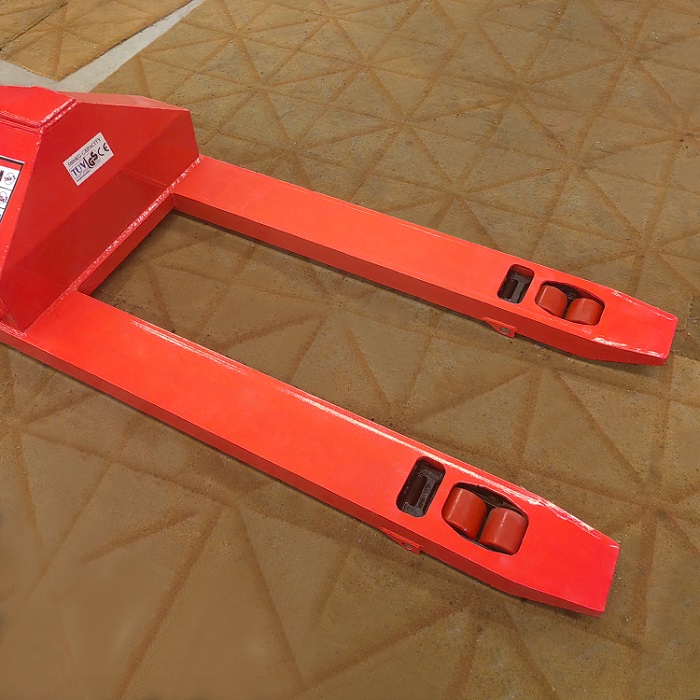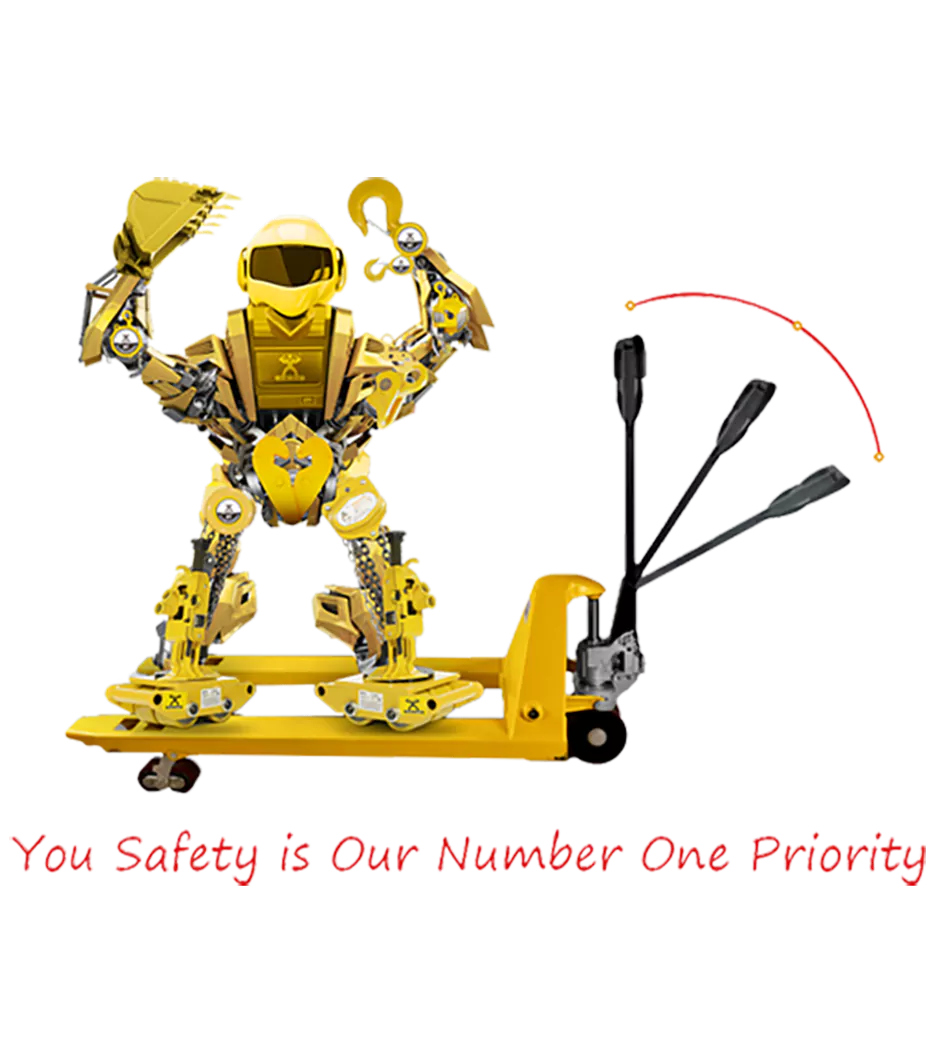In the bustling world of material handling and logistics, efficiency reigns supreme. Among the unsung heroes of the warehouse floor, hand pallet jacks stand out as indispensable tools for streamlining operations and maximizing productivity. In this comprehensive guide, we delve into the essential aspects of hand pallet jacks, exploring their functionality, benefits, maintenance, and best practices for optimal usage.
Understanding Hand Pallet Jacks
1. Functionality: Hand pallet jacks, also known as pallet trucks or pump trucks, are manual handling devices used to lift and transport palletized loads. They consist of a hydraulic pump mechanism and forks that slide beneath pallets, allowing operators to effortlessly lift and maneuver heavy loads.
2. Types: Hand pallet jacks come in various configurations to suit different applications. Standard pallet jacks are designed for general warehouse use, while specialized models, such as low-profile or high-lift pallet jacks, cater to specific needs, like handling low-clearance pallets or lifting loads to greater heights.
Benefits of Hand Pallet Jacks
1. Efficiency: Hand pallet jacks enable swift and efficient movement of goods within the warehouse, reducing manual labor and minimizing downtime. Their ergonomic design ensures ease of operation, enhancing worker productivity and morale.
2. Versatility: Pallet jacks are versatile tools suitable for a wide range of industries, including manufacturing, retail, distribution, and logistics. They can handle various pallet sizes and configurations, providing flexibility in handling different types of loads.
3. Cost-effectiveness: Compared to powered material handling equipment like forklifts, hand pallet jacks are more affordable to purchase and maintain. They require minimal maintenance and have fewer moving parts, resulting in lower operating costs over their lifespan.
Usage and Maintenance Tips
1. Proper Training: Ensure that operators receive adequate training on the safe and correct use of hand pallet jacks. Proper training reduces the risk of accidents and injuries and enhances operational efficiency.
2. Regular Inspections: Conduct routine inspections of pallet jacks to check for signs of wear, damage, or malfunction. Pay attention to components such as wheels, forks, and hydraulic mechanisms, and promptly address any issues to prevent operational disruptions.
3. Correct Load Handling: Adhere to the specified load capacity of the pallet jack and distribute loads evenly on the forks to maintain stability during transportation. Avoid overloading or unevenly distributing weight, as it can lead to accidents and equipment damage.
4. Lubrication: Keep the moving parts of the pallet jack well-lubricated to ensure smooth operation and prolong the equipment’s lifespan. Follow manufacturer’s recommendations for the type and frequency of lubrication required.
Choosing the Right-Hand Pallet Jack
When selecting a hand pallet jack for your operations, consider factors such as load capacity, fork length, maneuverability, and durability. Choose a model that meets your specific requirements and offers the features necessary to enhance efficiency and safety in your workplace.
Conclusion
Hand pallet jacks are indispensable tools for streamlining material handling operations and maximizing efficiency in warehouses and distribution centers. By understanding their functionality, benefits, and maintenance requirements, businesses can harness the full potential of these versatile devices to optimize their logistical processes and achieve greater productivity. With proper training, usage, and maintenance practices in place, hand pallet jacks can serve as invaluable assets in driving efficiency and success in the ever-evolving landscape of modern logistics.




